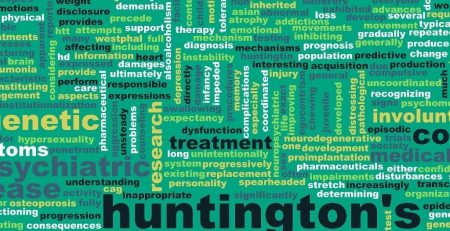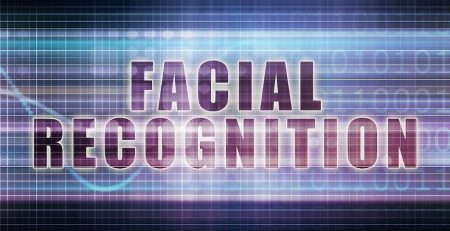Understanding how the brain processes emotion
A variety of taste sensations, visual stimulus are part of what can induce emotion in different people. Adam Anderson from Cornell University discovered that emotions are encrypted by the prain in a patterened way. Nature Neuroscience published his study. “We discovered that fine-grained patterns of neural activity within the orbitofrontal cortex, an area of the brain associated with emotional processing, act as a neural code which captures an individual’s subjective feeling,” Anderson added. The belief that different areas of the brain playing a role in generating positive and negative emotion was countered by Anderson’s research. A wide array of subjective emotions can be created by the brain as displayed in this study. 16 people participated in an fMRI to progress in the study. For three seconds they were exposed to 128 visual scenes, then rated their positive or negative emotion on a scale of 1-7.
Researchers pinpointed the certain patterns that were responsible for certain emotions. Analogous results came about when the participants repeated the same experiment after a different taste of stimuli was exposed to them. “If you and I derive similar pleasure from sipping a fine wine or watching the sun set, our results suggest it is because we share similar fine-grained patterns of activity in the orbitofrontal cortex,” Anderson exclaimed. “It appears that the human brain generates a special code for the entire valence spectrum of pleasant-to-unpleasant, good-to-bad feelings, which can be read like a ‘neural valence meter’ in which the leaning of a population of neurons in one direction equals positive feeling and the leaning in the other direction equals negative feeling,” he added.
The demeanor is stimulated by certain arrangement of activity. The orbitofrontal cortices seem to create codes that are sensory-independent, while some sections of the brain seem to be sensory-specific. This seems to be connected to how sensory information is seen instead of having individual regions of the brain to produce these codes and develop emotion. Similarities were shown across each participant ands the pattern of brain activity within each individual. “Despite how personal our feelings feel, the evidence suggests our brains use a standard code to speak the same emotional language,” Anderson elaborated.














